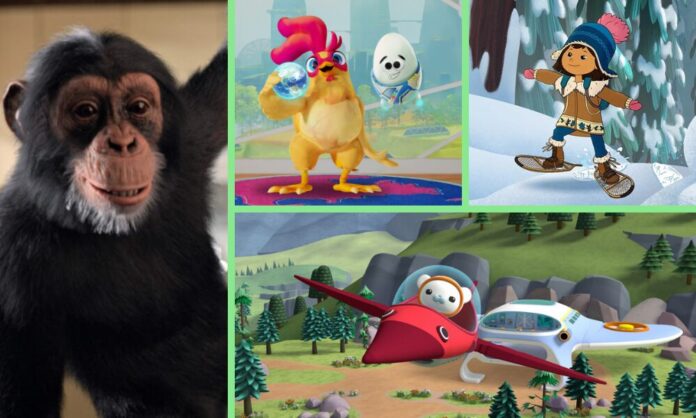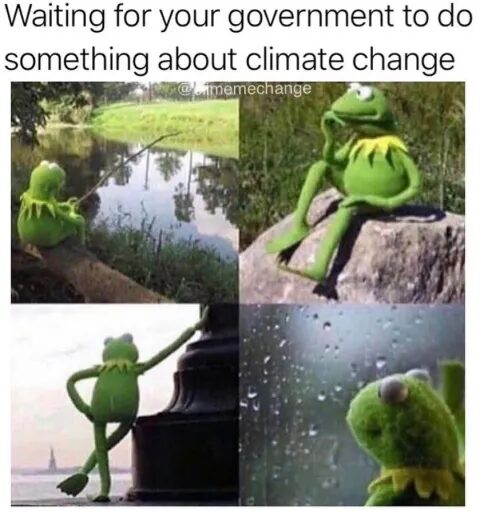|
Getting your Trinity Audio player ready...
|
How do you green your story without greenwashing? How do you make the story relatable without depressing a young audience? I believe it is all about “levels” combined with the kind of story you want to tell. The good news is that some elements of climate change will actually make your story better and more relatable.
We all know any story can be told in animation an adult comedy series, a family feature, or a preschool show. It’s also equally true that any story can have climate change awareness; it just depends on how much. And at this point, I hope your story has some elements of climate challenges because we are all counting on all of us to project a better future for the planet. Would it hurt the story or make the story more relatable? We know that even Barbie hit a few climate notes last year, and I think people appreciated that awareness — especially from a plastic doll. Here are some ideas that might be worth considering — from minor tweaks to really big changes for an animated big deep green think.
- Don’t mention it (climate change, that is). Not at all. But you could consider how your world looks. If the setting is naturalistic, does the front lawn have to be mown to perfection? This is just one example in the holdover of a classic suburban America — the stereotypical dream of a big green front lawn. Perhaps it is a forced construct that might be better served left behind in a world where drought is commonplace. I know many Californians are moving to a desert type front areas as water scarcity is real. Are there other design considerations that might make the show more relatable even without discussion — EV parking, veg garden in the playground, parents biking to work etc. etc.. A show with a two-way bike lane just as part of the commute — many European cities have them. The wonderful PBS series, Molly of Denali, does this well: Solar panels are just on the roofs of homes because that is the way it is in Alaska now — no one talks about it.
- Barbie style. Just a brief reference. It could be a short conversation between the characters about a relatable topic. But take it beyond plastic recycling. Many kids are even now aware that recycling may not be the wonderful solution it was once thought to be. Shows used to go out of date because of changing technology; now perhaps, they will date if we do not project a future that children expect adults to be creating for them. Have the conversations with children themselves. There are also environmental groups (Good Energy Stories and others) about how to add conversations about issues that children are facing. It does not have to be preachy — it can be real. There was a time when dating was not allowed in the kid’s content world — we need now to move into this new area. I would also say it needs to be done fast. This addition may now also be the key to future proofing content. At least for a while.
- Just one green story. Is there one episode you could include in your series that might engage with some issues that are being discussed by children today? It needs to be done in a hopeful appropriate way of course — there’s enough “doomism” right now to give us all eco-anxiety! If it is done in a hopeful and authentic way this again may be the key to making a story relatable. Perhaps a character has eco-anxiety and comments on plastic use at the most inappropriate times. (I easily relate to that!) Or he only shops at thrift stores because consumerism has him down? Again, being conscious of the age of your audience but you do not have to look far to find this topic in our everyday world. There are many young activists committed to a greener future. They are relatable, aspirational and provide hope.
- Be like Jane. It’s true that Apple TV+’s award-winning show Jane has a whole environmental message as do Future Chicken (YouTube, Roblox) and Octonauts: Above & Beyond (Netflix). Does your concept find a way to tell amazing stories and change the world? Let me encourage you this direction because we need all the amazing diverse and unique stories now to help us stay activated and giving us hope. Please be like Jane.
- The Don’t Look Up level. Is there a story so out of the box, so revolutionary that can barely imagine it? Is it so hard to believe that while we hold hardware in our hands that we are water. We are nature. Plants are just waiting for us to die and be compost. Just saying. Can we learn from nature. Can we project a world that is so radically different from the one we have today?
There are options. In this time of upheaval, I believe we still must find stories that make us laugh and show us how wonderful our future looks.
Mary Bredin is an acclaimed kids & family content producer, development consultant and climate activist. She has worked at TeamTo, Guru Studio, Disney, Nelvana, Viasat and Canal+ over the past two decades and her credits include Jade Armor, True and the Rainbow Kingdom and Pikwik Pack.






 Win a Funko X Lilo & Stitch Prize Pack!
Win a Funko X Lilo & Stitch Prize Pack! 
